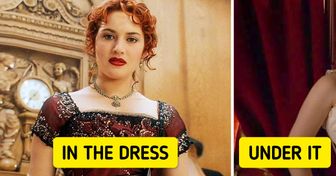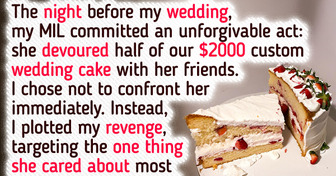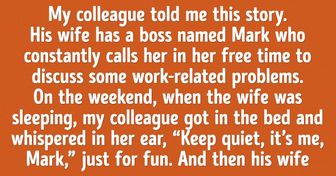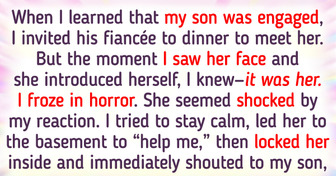10 Kids Whose Candid Confessions Turned Lives Upside Down
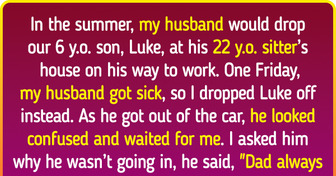
Contrary to popular belief, the members of the Royal Guard are allowed to talk, but only in very specific circumstances: if people get too close to them or become aggressive. Oh, side note, try not to get in their way because they’ll most likely knock you over! You’ll also never see one of them smiling for a selfie.
They’re not even allowed to chuckle! And it was rumored that if they do, they’ll receive a fine of about $200. That turned out not to be true. Anyway, even if they aren’t allowed to show much emotion, they really don’t like it when people imitate the way they walk.
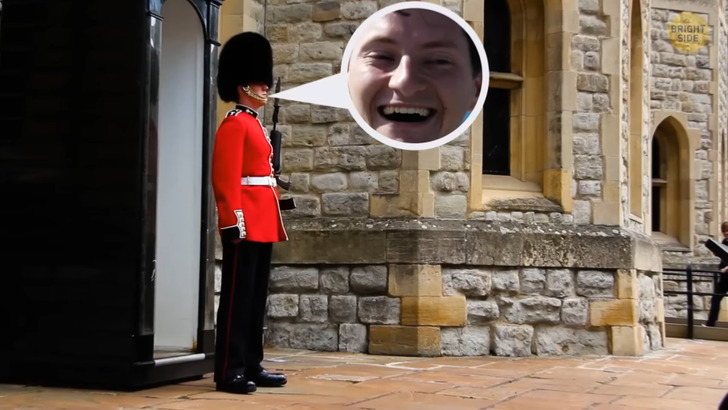
But it’s not all rules and regulations — they can have fun every now and then. When not performing military songs during the Changing of the Guard, the orchestra will switch to the playlist with more fun tunes, like the Star Wars or Indiana Jones soundtracks. Since the guards have to stand up straight for long periods of time, they are allowed to move, and they are even encouraged to do so for their own health.
So, every 10 minutes or so, you’ll see them turn to the left to march about 10 paces, then turn around, and go back to their initial position. Unfortunately, that’s the only movement they’re allowed to do. So, what do they do all those hours since they can’t speak or move a lot? Well, they have to use their imagination: they sing songs inside their heads and try to remember the lyrics. Some even try to piece together a whole movie by mentally recounting all the scenes in order.
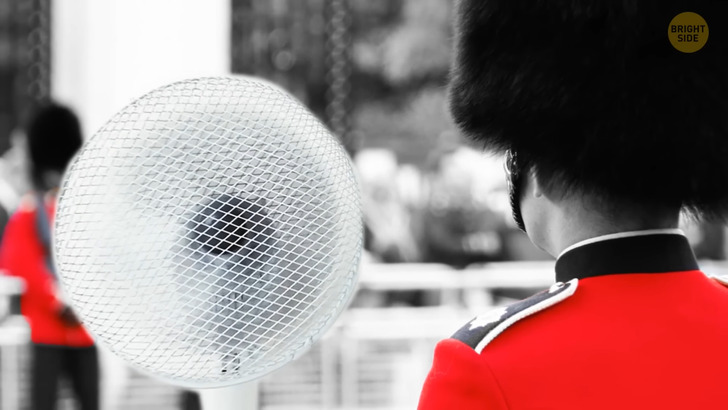
The rule about their interaction with the public was overlooked in a very unusual situation. A picture of it even went viral online. It was when a member of the Royal Guard was seen outside Buckingham Palace receiving water to drink from a civilian during a heatwave.
As the temperatures topped 104˚F, the heavily dressed guards were allowed to withdraw from their positions for a couple of hours and hide in the shade. They were also seen using electric fans to help them cope with the unusually hot (for the average London weather) temperatures. Their horses were also taken care of, being often patted with water and constantly offered water to drink.
As boring as it might seem to stand around all day (sometimes in really bad weather), the guards have the chance to meet some interesting people every now and then. They see presidents, prime ministers, and celebrities. Some of the guards have had the pleasure of meeting Her Majesty the Queen herself. And some even recount having nice conversations with her and other members of the Royal Family.
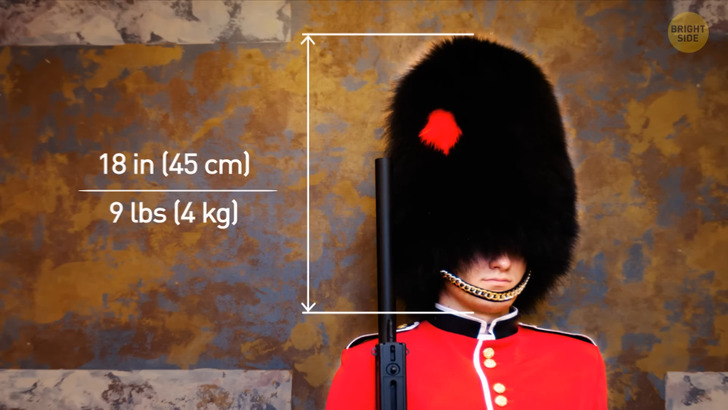
And what about, you know, when the guards need to go to the bathroom? They’re not allowed to take bathroom breaks, so they need to have quite a bit of control. There’s even a protocol on how they should faint! That can sometimes happen, given the heat or how tired they get. So, when they faint, they have to maintain a dignified position. That’s why you’ll sometimes see images of guards gracefully lying face down on the ground.
The guards are not recruited to work for the royal family specifically. They all have ongoing military careers and serve the statement role of guarding Buckingham Palace on rotation. Turns out the members of the Royal Guard actually borrowed the idea of their bearskin caps from Napoleon himself! These large helmets date back to the 18th century. They were designed like that to make soldiers appear taller to intimidate their opponents. They were often worn by the French army and were later adopted by the British, too.
Unlike any other type of hat, they are secured under the lip of the wearer instead of the chin — for added protection of the neck. Since the hat is 18 inches in height and weighs up to 9 pounds, the guards need to have impressive neck strength to be able to support it. The cap gets even heavier when it rains!
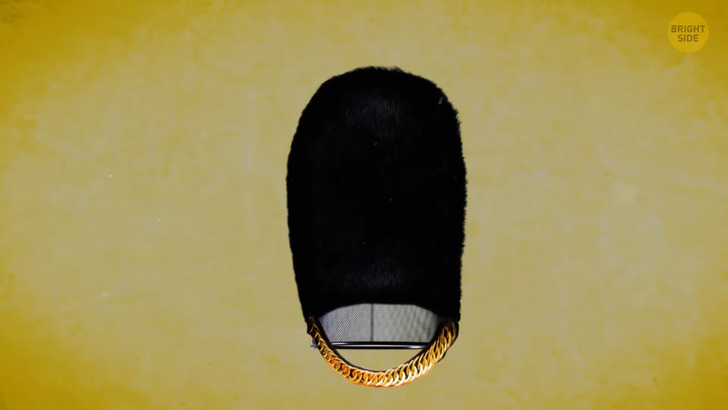
Those black hats require a lot of investment, too. The British Army buys between 50 and 100 of them a year, and each costs roughly £650 — which is around $800. How are those hats made? The outer layer is stretched over a piece of framework shaped like a basket. An adjustable leather skullcap is placed inside. After that, the chin strap gets attached to make sure the hat stays in place for longer periods of time.
Surprisingly, the members of the guard say it keeps them cool. But some of them do complain about chin straps that need to fit quite tightly and take some getting used to. Not all Bearskin caps are the same. If you take a closer look, you’ll see differently colored plumes corresponding to a specific regiment.
The Coldstream Guards, for example, wear a red colored plume on the right-hand side. The Grenadiers have it on the left-hand side. Meanwhile, the Irish guards have a blue plume. There are, in total, seven British Army regiments that wear that specific type of hat.
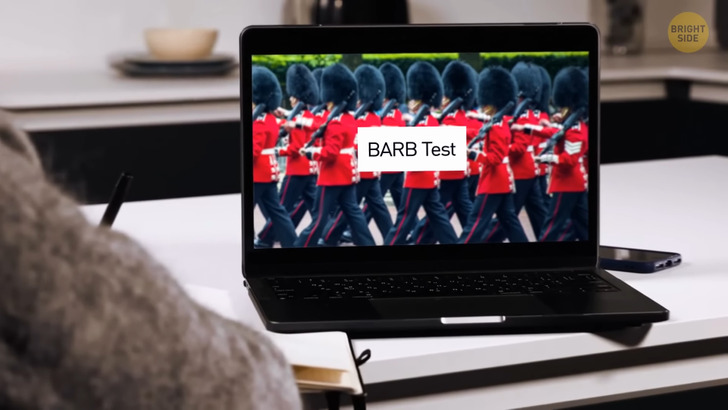
To join the Royal Guard, people need to pass the British Army Recruit Battery or BARB Test. It’s basically a computer test that contains a series of timed questions. It’s supposed to check the candidate’s ability to process information quickly, accurately, and logically.
They also need to have a lot of endurance since a full “day” of work can last over 24 hours. And up to 6 hours of these 24, the guards can spend standing. Of course, they don’t get chosen for their looks, but they do need to be pretty tall: 5’8″ to 6’2″ is often the norm. As well-prepared as they are, the members of the Royal Guard have been outsmarted at least once.
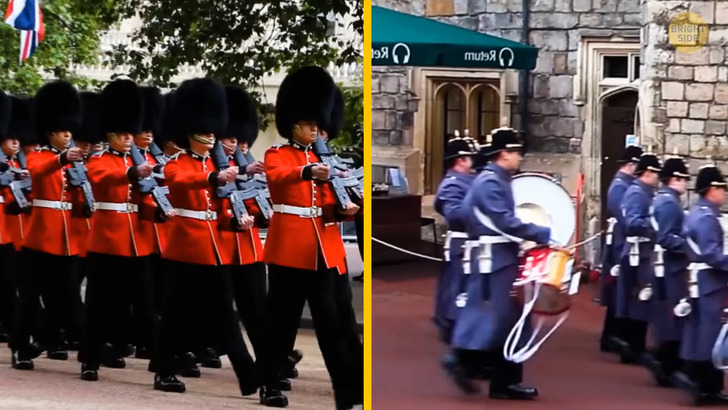
Most of us think of these red-tunic guards when talking about Buckingham Palace. But they also cover other royal landmarks. That’s why you can see Foot Guards at the Wellington Barracks, Victoria Barracks at Windsor, or the Royal Artillery Barracks in Woolwich.
As for the red tunics, the color was chosen for practical and cost-saving reasons. Should a guard member ever get injured, it won’t be so noticeable. More so, British soldiers wear this color because back in the day, red was the cheapest and most easily available dye for fabrics.
The guards don’t always wear red, though. They opt for this color during the “summer” months, from April until October. During the fall and winter, they switch to gray coats, which are much more practical given the colder temperature and rainfall.
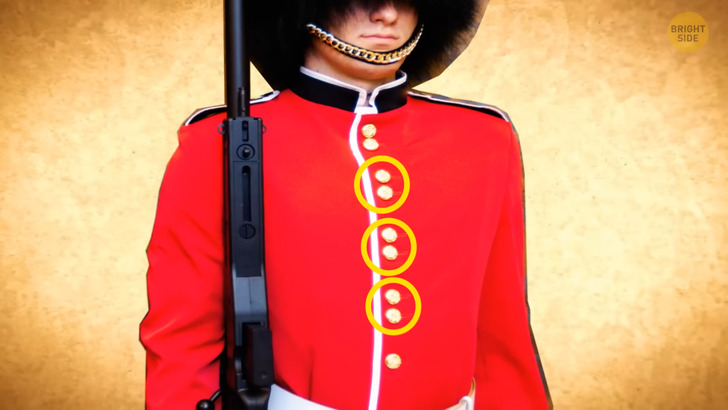
The guards’ uniform has different markings, depending on their rank. The medals they wear — located above the left breast of each jacket — show the military tours each guard has undertaken. The gold buttons have a secret meaning, too: they’re arranged in a certain way according to the regiment. The Coldstream Guards, for example, have two buttons because they were the second regiment formed.
The Royal Guard is made up of 36 soldiers and three officers. They have to perform a ritual called the Changing of the Guard in front of Buckingham and St. James’ Palace. It lasts for about 45 minutes and is free for tourists to watch.
The guards aren’t all men, by the way! It’s true that women couldn’t join combat groups in the British army, especially the infantry. But that was until 2017 — when a Canadian soldier named Megan Couto became eligible to join the troop. She became the first female Captain of the Royal Guard in the same year — when she was only 24! You go, girl!


